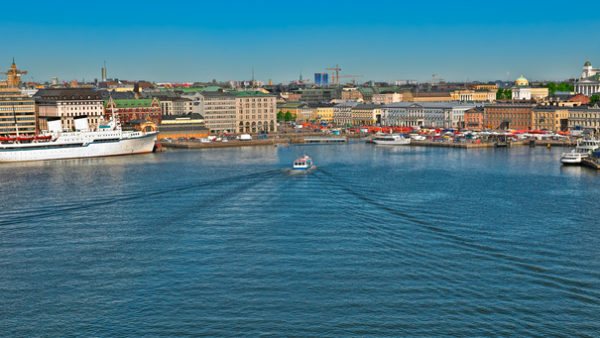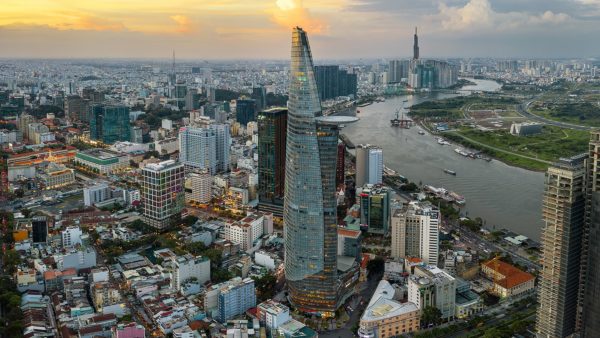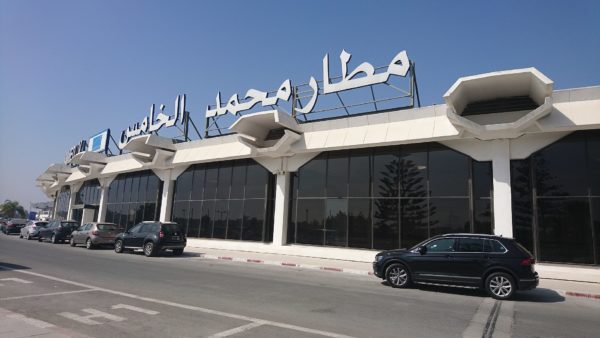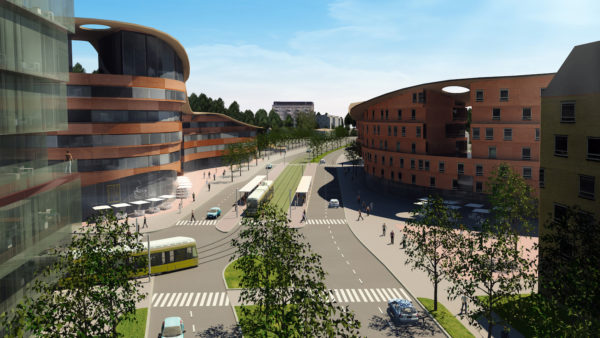In one of the more unusual procurement episodes in recent American history, the council of Kansas City, Missouri has picked an outside joint venture to build a $1bn new terminal for its international airport, rejecting the "home team" local contractor who proposed the scheme in the first place.
Councillors yesterday voted 10-2 to appoint the team of Maryland’s Edgemoor Infrastructure & Real Estate, and its affiliate Clark Construction Group, passing over big hitters Aecom and JLL – and the local contractor Burns & McDonnell who first gave Mayor Sly James the idea of using private finance to modernise the sprawling airport without draining the city’s coffers.
The decision will disappoint Aecom, who convinced the council to consider other bids in what is known in the industry as a "Swiss challenge".
Initially a fan of the Burns & McDonnell plan, the mayor yesterday urged everyone to just get on with it.
"I have always believed … that the issue of who builds the airport is significantly less important than that we build one," he said, reports The Kansas City Star. "We need to get on with this. That is a point of unity that we should all be willing to sign off on."
But it isn’t over. Missourians will have to ratify the council’s decision in a special public ballot on 7 November, and a confederation of black and minority business and civil rights groups have vowed to reject the decision if Edgemoor does not increase the representation of minority workers and subcontractors to 40%.
Why did Edgemoor win?
Charles Renner, an attorney who advised the selection committee, told the Star that Edgemoor’s low-cost financing, willingness to work with the city and "professional demeanour" helped it to overtake its rivals, Burns & McDonnell, Aecom and JLL.
Geoffry Stricker, the managing director of Edgemoor, told a press conference that he believed his team’s bid had been chosen because it had "approached this project differently". He said: "We are an open, collaborative, transparent organisation, and we laid out a schedule of how we would get from an award to a close to substantial completion, and I think that strategy and approach resonated with the committee. Â
The four contenders for the contract made a presentation to the council’s selection committee on 14 August, after which advisers ranked Aecom as the first choice, with Burns & McDonnell second and Edgemoor third.
Leaked memorandums revealed that Aecom was thought to have the most experienced design and construction team and a track record of employing minorities as well as subcontractors owned by women. Edgemoor was praised for its experience in aviation and public-private partnership projects, its risk management, environmental sustainability and a "collaborative approach" to stakeholders.
The committee also applauded Edgemoor for keeping a low profile during the bidding process, in contrast to Aecom and Burns & McDonnell, who ran vigorous PR campaigns.
This was alluded to by Aecom after the memorandum was leaked, when it revealed that it had considered teaming up with Burns & McDonnell "for the good of the city and the project – and to put the last several months behind us".
Burns & McDonnell responded to this by saying that although it understood that other would want to be on its team, it believed the project should be done by hometown firms.
The leaked papers do not say why Edgemoor rose to first place, however. What is known is that Burns & McDonnell, which was backed by the airlines using Kansas City International (KCI), was ruled out because its financing plan was thought to contravene the city’s 74 pages of master bond ordinances by loading too much risk on the city, and compromising its ability to take on new debt – a claim that the contractor disputed.
The decision will now go to a public vote on 7 November. Among the questions to be decided is whether KCI needs a new terminal at all.
Edgemoor’s architect, Skidmore, Owings & Merrill, will produce drawings of its proposals next month and seek to persuade the Missouri public that its proposal should go ahead.
How it came about
The idea of building a single terminal at KCI arose after Burns & McDonnell, which designed KCI’s existing terminals, approached the council with the plan and a promise that it would be paid for over time by airline fees.
The council accepted this proposal, after which Aecom launched what is known as a "Swiss challenge", which forced the council to open the project to other bids.
Burns & McDonnell remained the favourite for the work because, apart from home town advantage, it would have the option of matching or bettering the best of the third-party offers. Â
The city’s guide to the project laid out its requirements for the project, which included:
- To design, build and privately finance a 750,000 sq ft terminal
- Provide at least 6,500 parking spaces
- Include between 35 and 42 gates
- Reflect the design approved by airlines a year ago
- Reflects the financing package approved by the airport’s airlines
- Employ local construction workers
- Pay prevailing wages, meet the city’s minority and female employment target and provide training
- Spend 1% of the budget on the arts.
Image: Kansas City International is a "medium hub", with 5.1 million passengers a year (KCI)
Further Reading:










